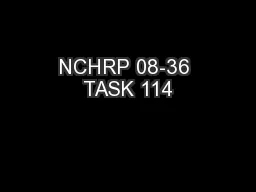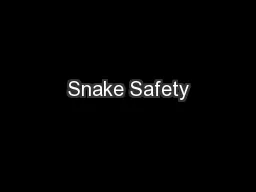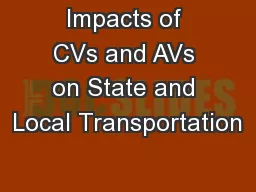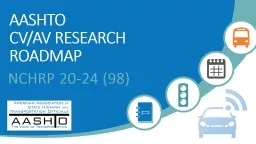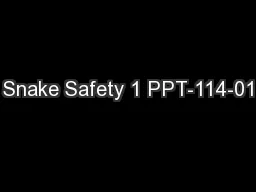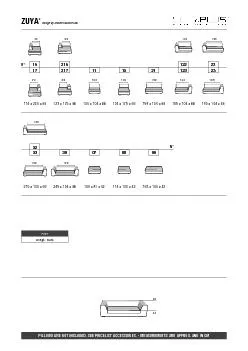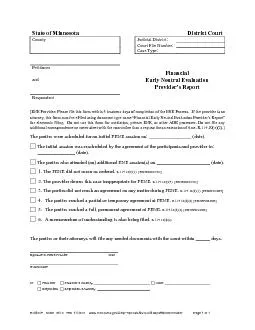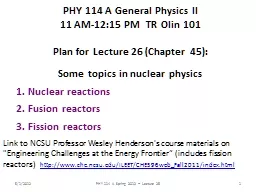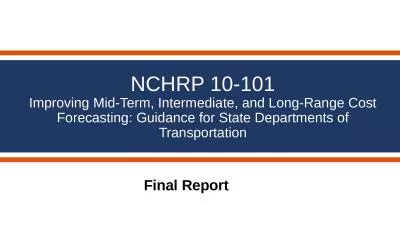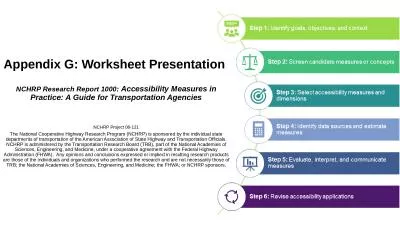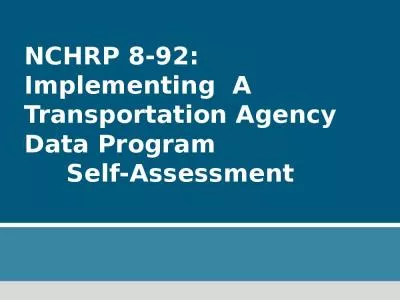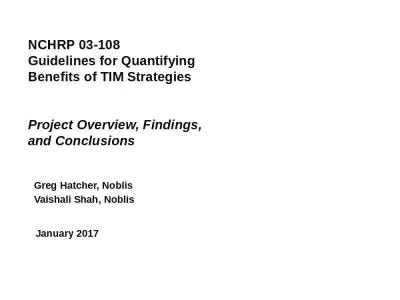PPT-NCHRP 08-36 TASK 114
Author : marina-yarberry | Published Date : 2016-09-08
Transportation Asset Management for Ancillary Assets Primary Authors David Rose PhD Keyur Shah John Patrick OHar PhD Parsons Brinckerhoff Overview Project Approach
Presentation Embed Code
Download Presentation
Download Presentation The PPT/PDF document "NCHRP 08-36 TASK 114" is the property of its rightful owner. Permission is granted to download and print the materials on this website for personal, non-commercial use only, and to display it on your personal computer provided you do not modify the materials and that you retain all copyright notices contained in the materials. By downloading content from our website, you accept the terms of this agreement.
NCHRP 08-36 TASK 114: Transcript
Download Rules Of Document
"NCHRP 08-36 TASK 114"The content belongs to its owner. You may download and print it for personal use, without modification, and keep all copyright notices. By downloading, you agree to these terms.
Related Documents

